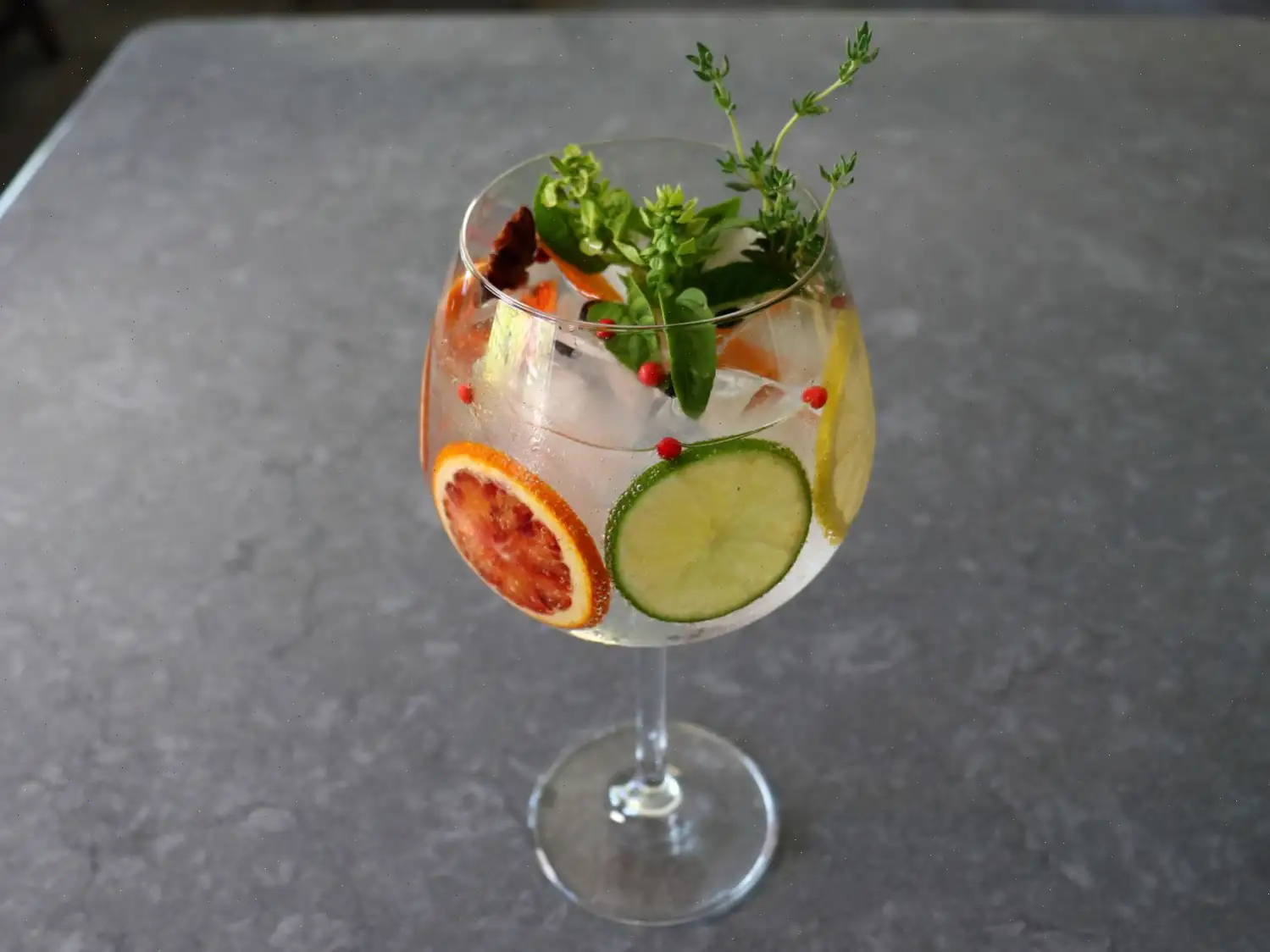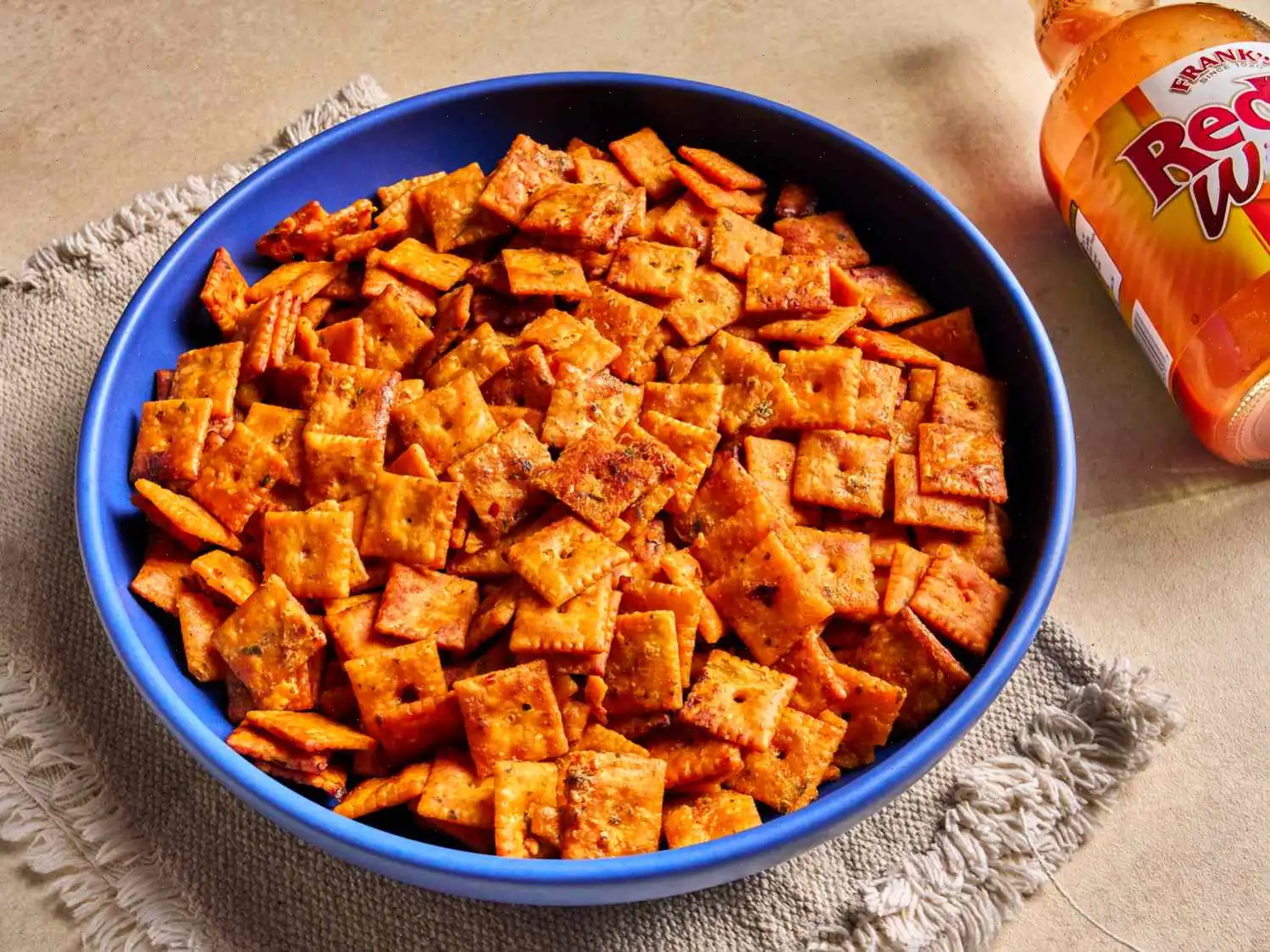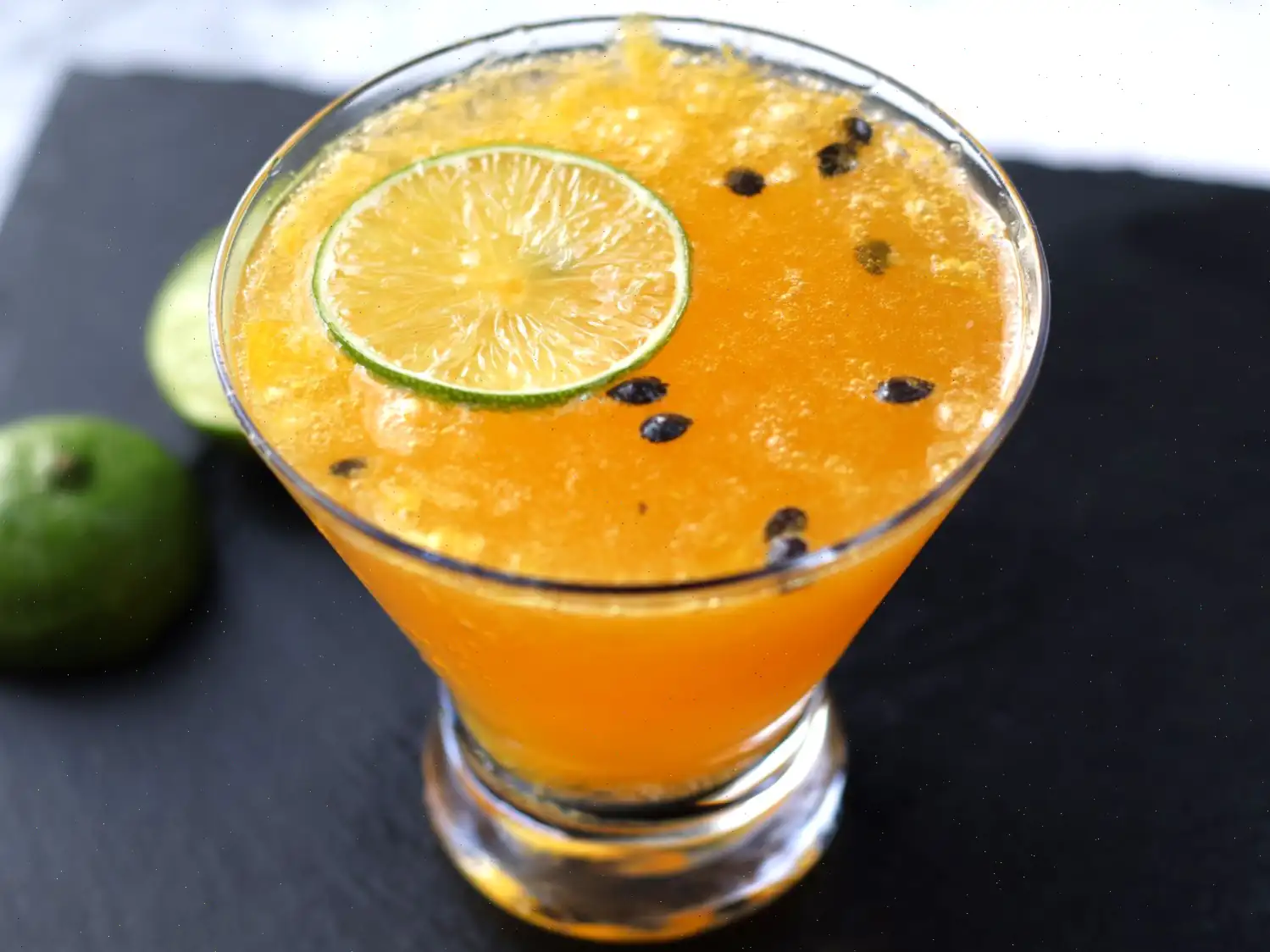
Spanish Gin and Tonic (Gin Tonica) Recipe
If you were going to improve on an already perfect drink, how would you do it? You would start by making it bigger and colder. Much bigger and colder. Then you would figure out what makes the drink taste so good and youd add more of those same things in the form of aromatic, herbaceous, colorful, visually striking garnishes. Well, thats exactly what the thirsty chefs of Spains Basque region did and they changed the gin and tonic forever. Sorry, they changed the gin tonic forever. They dont include the and.
Im relatively new to the wonderful world of the Spanish-style gin tonic and, believe it or not, I have a Netflix series to thank for exposing me to this bigger, better version of the cocktail. The show is called Elite and focuses on the trials and tribulations of a bunch of very rich Spanish students. When theyre not sleeping with each other (and/or trying not to be murdered) theyre drinking gin tonica.
The idea here is to taste the gin and decide how best to garnish. Anything goes, and as long as youve used a big, bulbous glass, and lots of ice, youve done it right. I really think this is the perfect summer cocktail, but having said that, these would also be very nice in the evening, especially if sipped while streaming some quality Spanish television. Salud!
Either way, I really do hope you give this a try soon. Enjoy!
Ingredients
- Whole spices, such as juniper berries, pink peppercorns, star anise, cardamom pods, cloves, or cinnamon sticks
- 2 fluid ounces gin
- 4 to 6 fluid ounces tonic water, to taste
- Sliced fresh citrus fruit, such as lemon, orange, lime, or blood orange
- Fresh herbs, such as basil, thyme, mint, rosemary, or tarragon
Directions
Step 1: Fill a large red wine glass with fresh ice, almost to the top.
Step 2: Add whole spices to the glass. Choose spices that complement the botanicals in your gin, such as juniper berries, peppercorns, star anise, cardamom pods, cloves, or cinnamon sticks. For a more intense flavor, you can bruise the whole spices by gently pressing them with your fingers or the flat side of a knife before adding them to the glass.
Step 3: Pour in the gin.
Step 4: Very slowly and gently pour in the tonic water, making sure not to lose the carbonation. For the best results, use a Mediterranean style tonic water, as its typically less bitter and often has added flavors like rosemary or lemon. Avoid the classic Indian style tonic if you prefer a smoother taste.
Step 5: Add slices or zest from your choice of citrus fruit, such as lemon, lime, orange, or blood orange.
Step 6: Use a cocktail stirrer or spoon to gently poke the ingredients down and mix the drink. Be careful not to stir too vigorously just enough to combine the ingredients without disturbing the carbonation.
Step 7: Push fresh herb sprigs into the drink. Popular options include basil, thyme, mint, rosemary, or tarragon. To enhance the fragrance, slap the herbs between your hands or squeeze them gently to release the essential oils before adding them to the glass.
Step 8: Allow the drink to chill for 3 to 5 minutes before serving, giving it time to fully cool and the flavors to meld together.
Nutrition Facts (per serving)
- Calories: 366
- Fat: 2g (3% Daily Value)
- Saturated Fat: 0g (1% Daily Value)
- Cholesterol: 0mg (0% Daily Value)
- Sodium: 29mg (1% Daily Value)
- Total Carbohydrate: 74g (27% Daily Value)
- Dietary Fiber: 19g (68% Daily Value)
- Total Sugars: 28g
- Protein: 7g (15% Daily Value)
- Vitamin C: 357mg (397% Daily Value)
- Calcium: 180mg (14% Daily Value)
- Iron: 4mg (24% Daily Value)
- Potassium: 936mg (20% Daily Value)
Note: Nutritional information is based on available data for the ingredients. Percent daily values are based on a 2,000 calorie diet. Your daily values may differ depending on your specific nutritional needs.
Origin Story
The Spanish Gin and Tonic, known as "Gin Tonica," originated in the Basque region of Spain, where chefs sought to elevate the classic gin and tonic by focusing on its presentation and the quality of ingredients. Unlike the traditional gin and tonic, which is often a straightforward mix of gin and tonic water, the Spanish version embraces the idea of infusing flavors from aromatic spices, fresh herbs, and citrus fruits. The innovation came about as a response to the desire for a refreshing summer drink that also incorporates the flavors of Spains rich culinary tradition.
Regional Variations
The Spanish Gin Tonica is particularly famous in the Basque Country and Catalonia, where it is served in large, bulbous glasses filled with ice. The choice of gin and tonic varies by region, with Mediterranean-style tonics, such as those flavored with rosemary, citrus, or floral notes, being particularly popular. The use of local ingredients is also common, so herbs like thyme, rosemary, and basil are often added to the mix. In more coastal regions, citrus fruits like oranges, lemons, and blood oranges are favored to add a refreshing zest to the drink.
Difference from Similar Dishes
While the Gin Tonica shares the basic components with the classic gin and tonic, it differs significantly in its approach to flavor and presentation. The traditional gin and tonic is a simple concoction, usually served in a highball glass with ice and a lime wedge. The Spanish variation takes this concept and enhances it by adding a variety of botanicals, such as juniper berries, star anise, cardamom pods, and cinnamon sticks. These ingredients are carefully chosen to complement the botanicals in the gin, making each sip a layered experience. Additionally, the Spanish Gin Tonica is typically served in a large glass, allowing for more ice and a stronger flavor profile.
Where It's Typically Served
The Spanish Gin Tonica is a popular choice in upscale bars, restaurants, and tapas bars across Spain, particularly in cities like Barcelona and San Sebastin. It is commonly enjoyed during the warmer months, serving as a refreshing drink for summer evenings. The drink is often served as an aperitif, but it can also be paired with light dishes, such as tapas, seafood, or charcuterie. In many places, it's presented as a signature drink, offering a visually appealing and aromatic experience for guests.
Interesting Facts
1. The drinks popularity skyrocketed in Spain in the 2000s, particularly among younger generations. It was even featured in the Spanish television series "Elite," helping to introduce the drink to international audiences.
2. One of the main features of the Spanish Gin Tonica is the careful selection of botanicals that complement the gins flavors. In fact, bartenders often choose specific spices and herbs based on the gin used, ensuring that the ingredients enhance each other.
3. The large bulbous glasses used to serve the drink are not just for show. They are designed to maximize the aroma and allow for a greater amount of ice, keeping the drink cooler for longer.
4. While the classic gin and tonic is often associated with the UK, the Spanish version is a true reflection of Spains inventive approach to food and drink. In fact, the Spanish Gin Tonica is now considered a national cocktail, with its own unique identity on the global stage.
FAQ about Spanish Gin and Tonic (Gin Tonica) Recipe
Comments
Diane Allen
08/30/2024 11:35:52 AM
Absolutely delightful! I usually don't go for gin-based drinks, but this one was a perfect summer indulgence. My husband loved it and found it quite enjoyable. I added star anise, a cinnamon stick, pink peppercorns, and cloves to enhance the flavors. The fresh mint and basil from our garden added a lovely touch. We will certainly be whipping up another batch of these. Thank you, Chef John!








